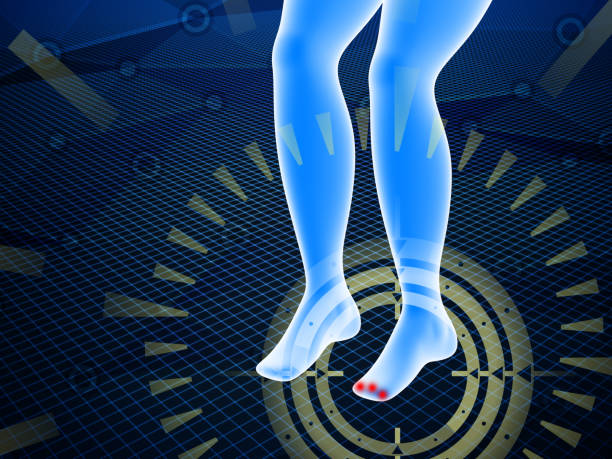Ingrown toenails are a common issue causing swelling, pain and in some cases, infection. If you have an ingrown toenail, here are a few important things you need to know.
What Causes Ingrown Toenails?
There are a few factors that may lead to ingrown toenails, such as:
- Cutting your toenails too short.
- Cutting your nails in the sides.
- Wearing very tight shoes.
- Injuring a toenail.
- An infection in the nails.
- Having curved toenails.
- Certain medical conditions
To prevent having to deal with an ingrown toenail, you should:
1. Trim your nails straight, not curved.
2. Wear proper fitting shoes. Shoes that constrict blood flow and put pressure on your toes can cause nails to grow into the tissue.
3. Maintain proper hygiene. Don’t wear dirty socks and clean your feet regularly to avoid infection.
4. Trim nails at moderate length. Having very short nails puts pressure on your toes when you wear shoes.
Home Remedies for Ingrown Toenail
It’s unfortunate to deal with an ingrown toenail. It’s painful and inconvenient. If you have one now, here are some remedies that could help:
1. Soak your foot in warm soapy water at least twice a day for 15-20 minutes at a time. Doing this will help ease the pain and reduce swelling. You can also add a tablespoon of Epsom salt.
2. Soak your affected foot in apple cider vinegar. The antiseptic and pain relieving properties of apple cider vinegar can help ease the pain. Prepare a basin filled with warm water, mixed with ½ cup of apple cider vinegar and soak for 20-30 minutes.
3. Place some cotton bits under the ingrown toenail. Doing this may be uncomfortable and could introduce bacteria to your toe. Soak the cotton in alcohol before putting it under the nail.
4. Apply antibiotic cream or ointment on the affected area. You can use Bactroban, Polysporin or Neosporin to promote healing and prevent infection.
5. Wear comfortable footwear. If you can, avoid wearing footwear that cover the affected toe. But if you need to wear shoes, wear one that has enough space in the toe bed to keep the ingrown nail from getting worse.
6. Take OTC medicine to relieve the pain. If there’s swelling, Ibuprofen may be more effective.
7. Buy a toe protector. This offers a cushioning barrier to prevent pain in the ingrown toenail. Some brands of toe protectors, like Dr. Scholl’s, also include a medicated gel that can soften the nail so you can trim it.
8. Shield the skin around the ingrown toenail using a toe brace. You can buy one online.
9. Ask your doctor for an antibiotics prescription to prevent or treat infection. You’ll know if your toenail is infected when there’s throbbing pain, pus, foul smell, warmth, as well as increased swelling and redness.
10. As a last resort, you can get the ingrown toe nail surgically removed. Your doctor will use local anesthesia to prevent pain. In rare cases, the entire ingrown nail may be taken out.
When to See a Doctor
In minor cases of ingrown toenail, an experienced nail technician such as the ones in Regal Nails may be able to remove a portion of the nail. But for severe cases, you’ll need proper medical care. See your doctor if the swelling and pain are worsening, and the remedies you’ve tried have not alleviated your condition.
